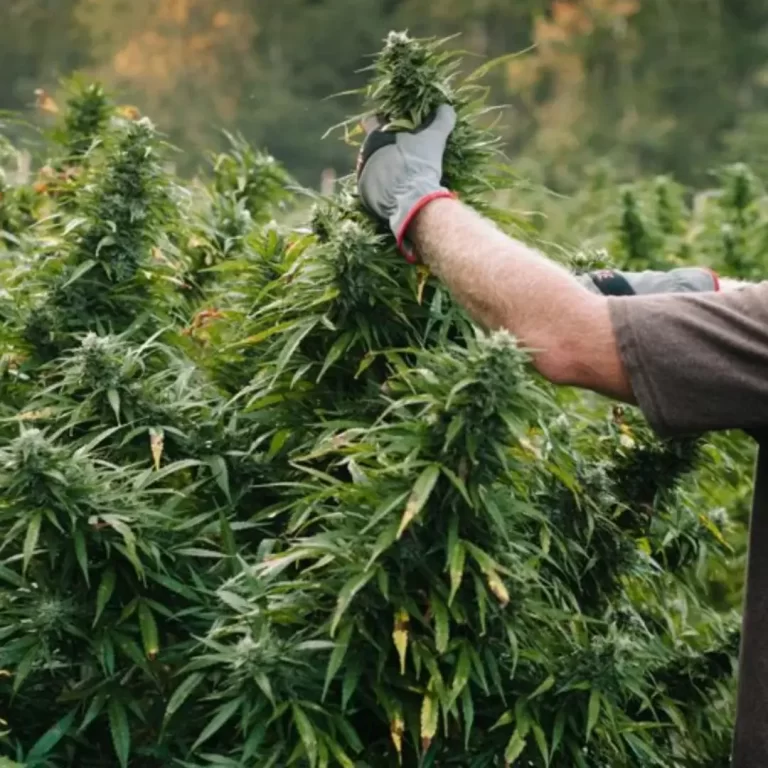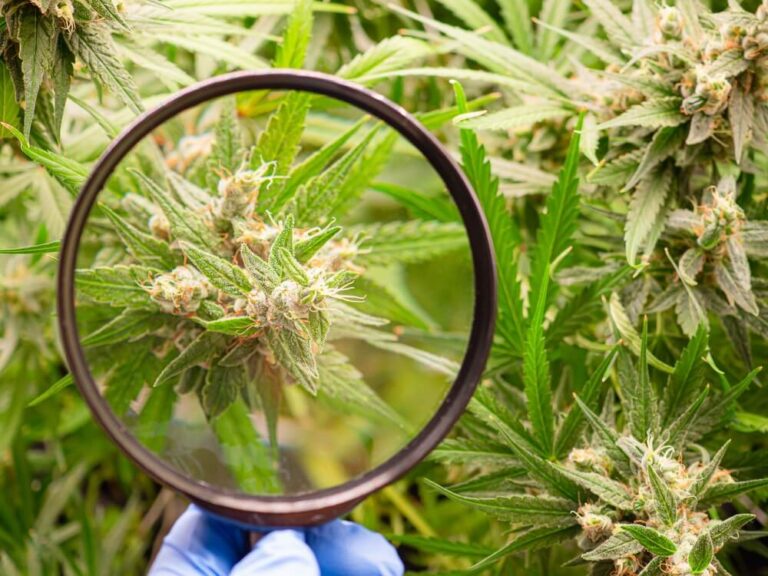
States Send Data to FDA for Possible Marijuana Rescheduling
- Cannabis News
- Cannabutter Digest
Some states with medical marijuana programs have shared vital data about cannabis products, patients, and patient outcomes with U.S. health regulators. The data dump is an essential piece of President Joe Biden’s call to review the status of marijuana as one of the country’s more dangerous and addictive drugs.
With the information in hand, government organizations, including the U.S. Food and Drug Administration and the Department of Health and Human Services, must dive deep into the data, reviewing marijuana use and its potential medicinal benefits and considering peer-reviewed studies available to their researchers. States sharing the information hope it helps influence the ongoing discussion about whether cannabis should remain a Schedule I controlled substance under federal law.
Short History of Marijuana Classification
At one point in early American history, hemp was a prized agricultural product. It was cultivated for rope, clothing, and sails, and the government encouraged farmers to plant the crop. In the late nineteenth century, after the Civil War, marijuana was a popular ingredient in over-the-counter medicinal remedies and was widely available in public pharmacies. However, the drug’s image took a turn after the Mexican Revolution as Mexican immigrants crossed the border into the United States, bringing their culture and introducing many Americans to recreational marijuana use. As America sank into the troughs of the Great Depression, workers fighting for jobs feared immigrants would replace them. Eventually, fear and resentment soured people’s perception of immigrants and marijuana.
Although cannabis’s image had its ups and downs throughout American history, perhaps no one vilified the substance more than U.S. President Richard Nixon. During the 1960s, cannabis was popular among young people on the left involved in the counter-culture movement and those against the United States’ involvement in the war in Vietnam. Former aides to President Nixon say that during his time in office, his anti-marijuana stance came from an innate hatred of the anti-war left and African Americans, two groups who, as a whole, did not support his presidency. By targeting marijuana, Nixon felt he was targeting the people who were against him, disrupting their communities.
By 1970, the Controlled Substances Act categorized marijuana as a Schedule I illegal substance under federal law. A Schedule I substance is deemed to have no acceptable medicinal value and a high potential for abuse. Two years later, a bipartisan committee called the Shafer Commission, appointed by President Nixon himself, called for the personal use of cannabis to be decriminalized. Nixon rejected the suggestion, wanting to keep marijuana classified as one of the most dangerous drugs in America.
Reviewing Marijuana’s Federal Classification as a Schedule I Substance
Since the 1970s, Americans’ views on cannabis have shifted. States began exploring the medicinal benefits associated with cannabis and legalized the drug’s use for specific medical conditions. In 1996, California became the first state to legalize medical cannabis. Over a decade later, Washington and Colorado became two of the first states in the nation to legalize recreational cannabis use. More states have followed suit. With so many states taking legalization and decriminalization into their own hands, Democratic President Joe Biden called on the U.S. Attorney General and Secretary of the Department of Health and Human Services to begin reviewing marijuana scheduling under federal law.
In a statement released in October 2022, President Biden first announced he was pardoning all prior Federal offenses of simple possession of marijuana. In his statement, he called on governors of all 50 states to do the same, saying marijuana possession convictions should not prevent people from seeking employment, housing, or educational opportunities.
This statement asked the Attorney General and the Secretary of Health and Human Services to begin reviewing how marijuana is scheduled under federal law. Currently, it is classified as one of the most dangerous substances in the U.S., along with heroin and LSD. Marijuana even outranks drugs like fentanyl and methamphetamine.
As part of the review process, at least five states with active medical marijuana programs are sharing their data with U.S. health regulators as part of the initiative to review the classification of marijuana. The revelation that states are sharing data with federal agencies is significant. Until now, federal officials have kept quiet on the review process, declining to share information about what types of data and studies they have been reviewing.
State officials in Minnesota and Massachusetts say they turned over information about products purchased, prescription drug interactions, and adverse events reported by patients. Officials also offered information about purchase frequency and quantity. The rich and robust state data may be vital because it focuses on consumer safety, regulatory issues, and program improvement, whereas academic research and studies focus on physiological effects. Cannabis advocates are hopeful that the new treasure trove of information can help persuade federal officials that cannabis deserves reclassification and that it provides medicinal benefits to those consuming the drug.
Options Moving Forward
As federal agencies review the data states provide, some see only two potential outcomes. The first and most hopeful outcome would be to deschedule marijuana altogether. It would be the most significant advancement in marijuana reform at the federal level without congressional intervention, something improbable in today’s divided Congress. Advocates say there may be enough compelling medical and scientific evidence to demonstrate that marijuana does not belong in the Controlled Substances Act.
However, there is another possibility, and that is the FDA and other federal agencies determine marijuana belongs in the Controlled Substances Act but reschedules the substance to a Schedule III, IV, or V. While there are pros and cons to both scenarios, either outcome would mean a remarkable shift in American drug policy. It could pave the way to more significant and comprehensive federal cannabis reform measures.
At this point in the review process, it is difficult to say which way federal regulators will lean. Determining how long the review process may take may also be impossible as regulators wade through mountains of data and research on medicinal marijuana. Still, that the process is happening at all marks a significant milestone for the cannabis movement in the United States.
Follow developments in this story and more at Cannabutter Digest. We have news, recipes, and product reviews on cannabis culture, stories, and innovative products.






